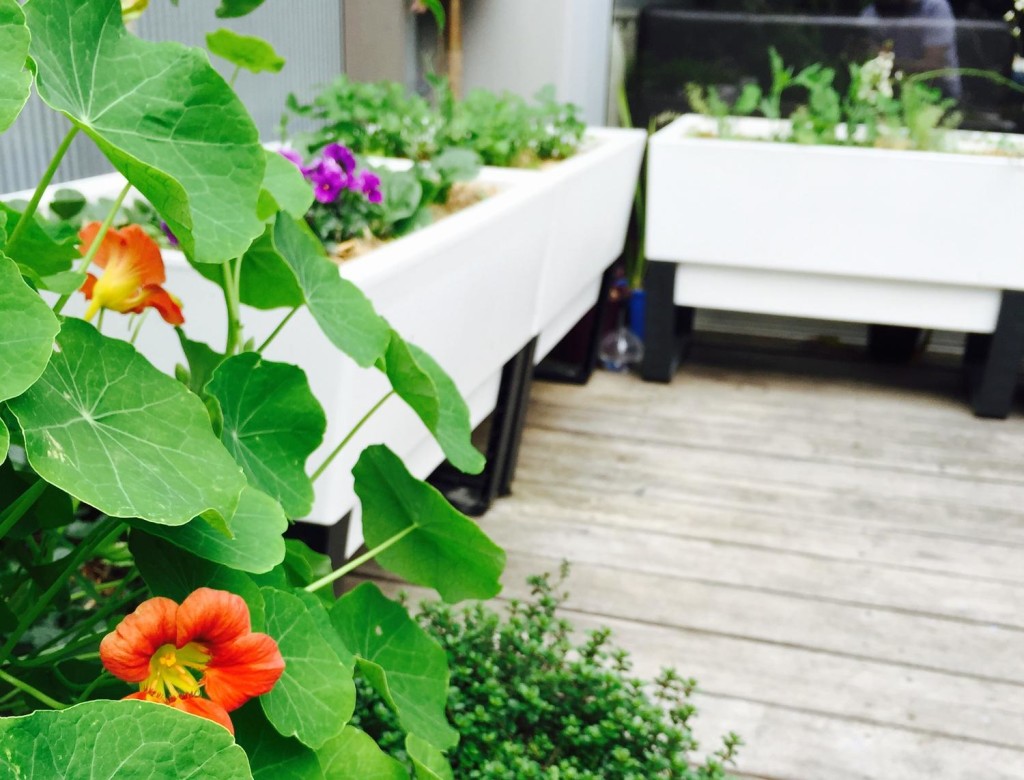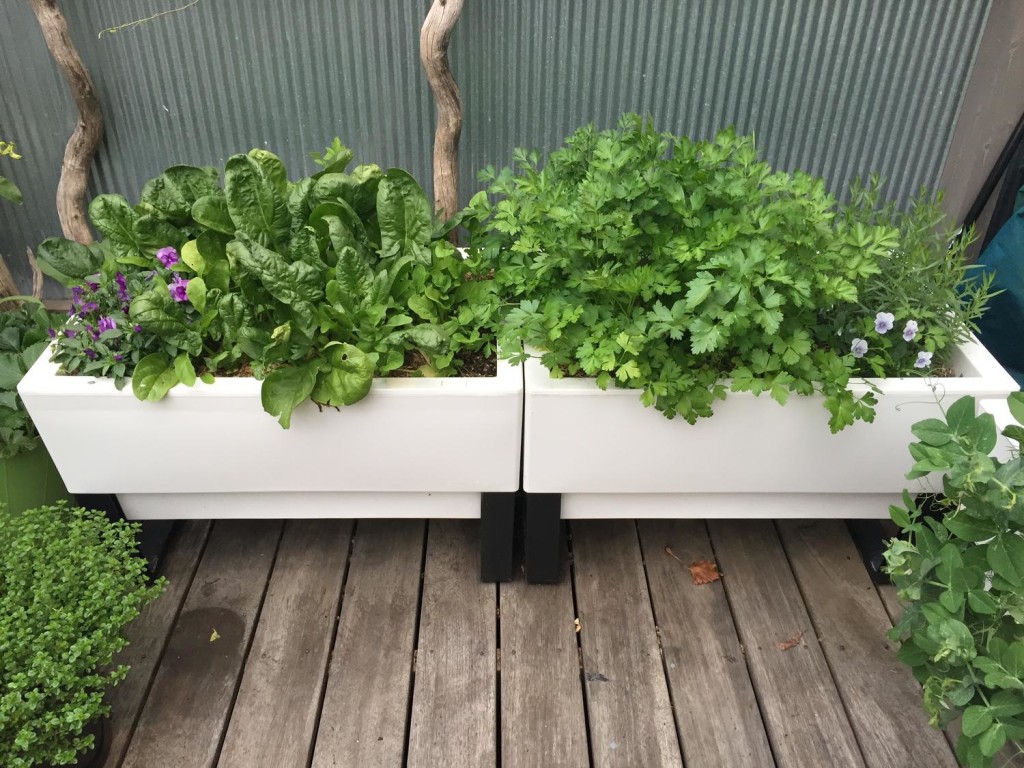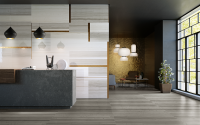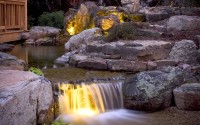Urban Gardening The Ideal Way of Mixing City Style With Nature
Summer has landed in our backyards and greenery along with lush flowers is now all we can think about when it comes to exterior design and landscaping. And for those of you who have a small garden in the back of their yards, the planting choices are even wider: what to plant, where to put it?
If you have the privilege of owning a garden, then considering planting some types of vegetables is a great choice for summer. You’d have them within your arm’s reach, and you’d know exactly what you’re getting: clean, GMO-free, pesticides-free, organic food! Who doesn’t want that? But, that’s if you have a garden. What if you don’t?
If you don’t have one though, you can easily create it by yourself. Urban gardening has been on the rise the past few years as new inventions have made it so easy, enjoyable and on top of it all – stylish! A small urban garden doesn’t just give you a chance to have organic produce at your home at all times, but it also gives the corner of your home a fresh look and a little green charm. You’d need just a small suitable space to place your plants where they’d get all the sun, air and water they need. And then, you’d need some indispensable things.
A planter box
It’s fairly easy to create in a planter box vegetable gardens that will provide you with a variety of plants. Modern planter boxes are nothing like those from back in the days; simple boxes with a few holes on the bottom for water. They offer enough space for root growth, and also have a water reservoir at their bottom. That way, they ensure the root system of the plant is constantly supplied with water. Here it’s important to incorporate a drainage system, as it’s not recommended for the root system of a vegetable plant to be left in water.
Potting mix
Box vegetable gardens rely on quality potting mix to thrive in their development and growth. If the potting mix isn’t organic, nutritional and of high quality, then the plants won’t be healthy either. So, in order to create a healthy potting mix, use organic compost matter and add some bark pieces to add structure to the mixture. Also, make sure you add some good fertiliser from time to time, so that you keep the quality of your potting mix on a high level.
Finally, the plants
Pick the veggies you want to eat. Don’t grow chillis if you hate spicy food, it’s nonsense. Also, don’t try to grow in a planter box veggies that simply can’t thrive in that space. For instance, melons, pumpkins and zucchinis aren’t a good option for a planter. Instead, choose seedlings that can thrive in the environment you have on disposal: space, potting mix and your ability and time to take care of them. For example, try lettuce, which grows perfectly in hot weather and makes for a fresh salad in both spring and summer. Or, spring onions – their long green leaves won’t even make you think there are veggies down in the ground and yet they’ll be a wonderful addition to your salads.





